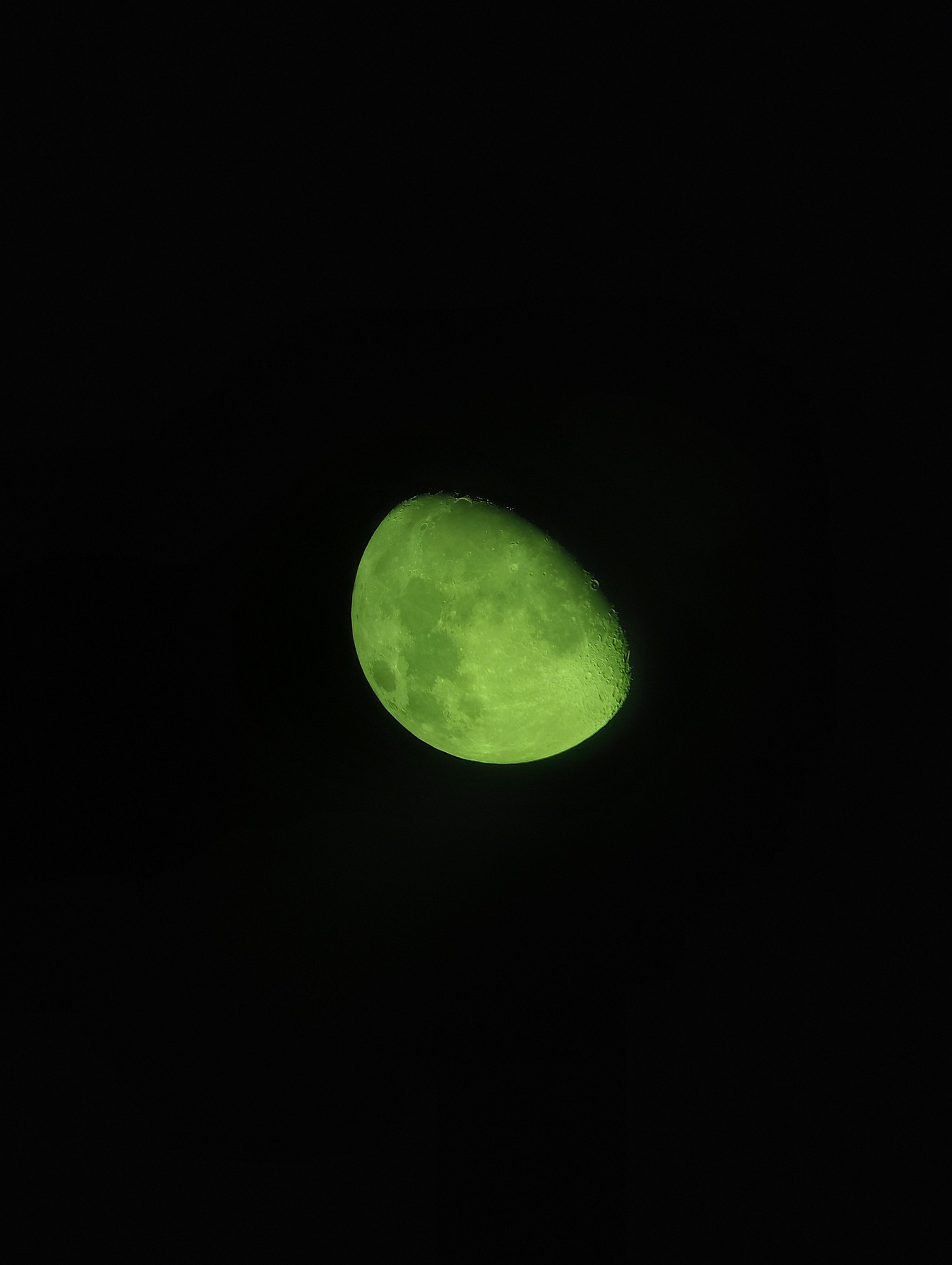Ten minutes flies when you can’t find the little eyepiece adapter.
The bears must have laughed from the woods. I scrambled and scuffled around, on the porch, in the basement, back up the stairs, and finally found the piece.
I popped the 7mm Pentax XW into the TS Optics 102mm f/11 refractor, and sat down to watch.
Just in time.
Neptune hovered near the unlit side of the waxing gibbous moon. The glare nearly washed it away, but there it was, pale, blue, a disc similar to a Jovian moon.
Closer, closer.
Then, with a fade out, over 1-2 seconds, like someone turning the lights down, Neptune winked out at 9:06:22 EST from Rustburg, VA, USA.
Coincidentally, it was the first time observing the planet through the 4” refractor, and the smallest optic I’ve used to see Neptune. Far out, man!
I watched mighty Copernicus on the moon at a favorable illumination while waiting for the encore–an occultation of a nearby 8.8 magnitude field star in Pisces. (I had missed a brighter one of 8th magnitude SAO146935while fumbling around for the right eyepiece adapter. D’oh!)
That happened at 9:12:07. I don’t know what the star is called, and Stellarium doesn’t even have a call number, but sometimes, that only gets in the way of enjoying the view.
Poof!
I leaned over my notebook, adding details. The moonlight made it bright enough to write, and a few lingering crickets added some background music.
With skies holding steady, I turned to other targets. Saturn and two moons, more lunar sights, and Jupiter rising.
The 8” f/7.5 dob (with Zambuto optics and a curved spider) sat nearby, and the evening flew by switching back and forth between scopes.
Jupiter climbed out of the turbulence of the horizon, and put on a great show of bands, belts, and four moons.
Lemme try a filter I muttered to myself. (Again, those bears in the woods must be endlessly entertained.) An old-school Orion #11 yellow-green netted me the holy grail:
The moon looked delicious.
Green Cheese Moon: a cell phone shot through a 40mm Celestron “Halloween” Plossl, 102mm f/11 refractor, #11 yellow-green filter.
An Unexpected Lesson
Sometimes the best scope for the job isn’t as expected. The 8” f/7.5 Zambuto dob is optically perfect, and an exceptional performer on lunar and planetary targets. I had been planning on using that to view the Neptune occultation, but the glare of the nearly-full moon proved problematic. Somehow, the mass-produced refractor hit the target unexpectedly, with the field of view and the glare lining up just right, allowing me to view the event. I’ve had these “optical idiosyncrasies” happen before, with the four-vane spider on the 12.5” reflector making a perfect diffraction spike around Sirius, letting Sirius B shine through. Conventional wisdom would suggest a refractor (and no spikes) better suited to the task, although, like anything, that’s open to vigorous debate.
Visual astronomy often comes down to the slightest of edges, and strange configurations. Be the observer willing to experiment.
Point is: watch out how the moonbeams bounce, and adjust accordingly.
What a fun thing it is!
Clear skies,
Josh





